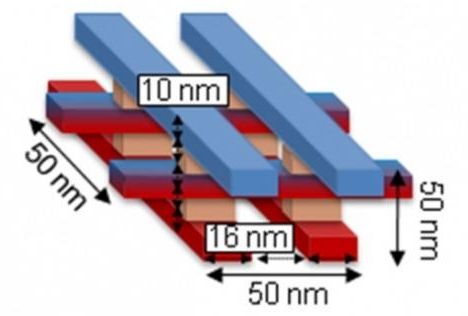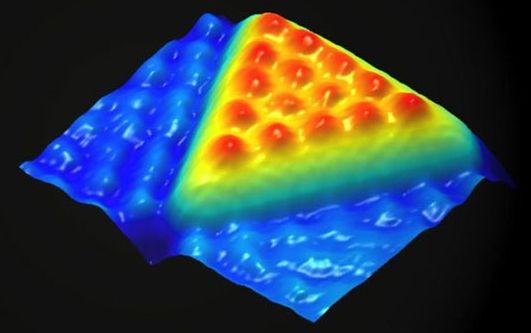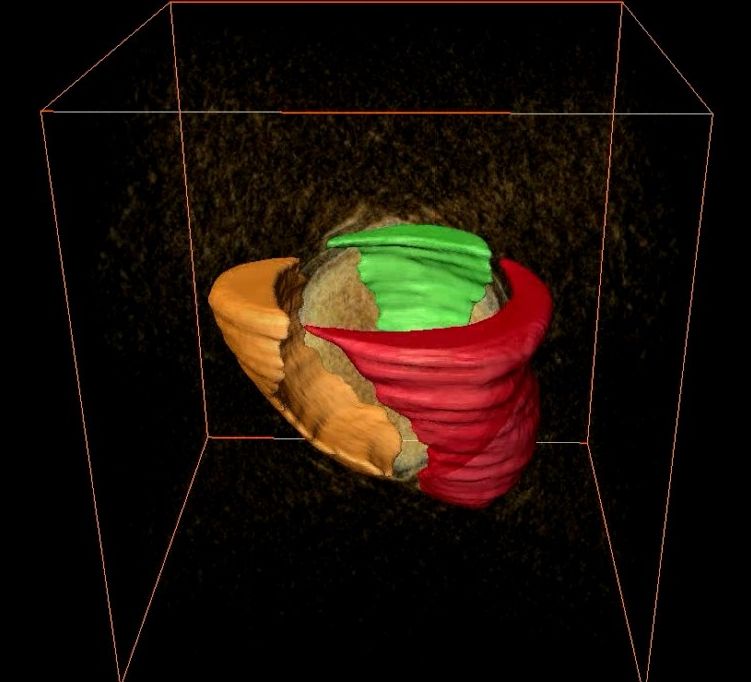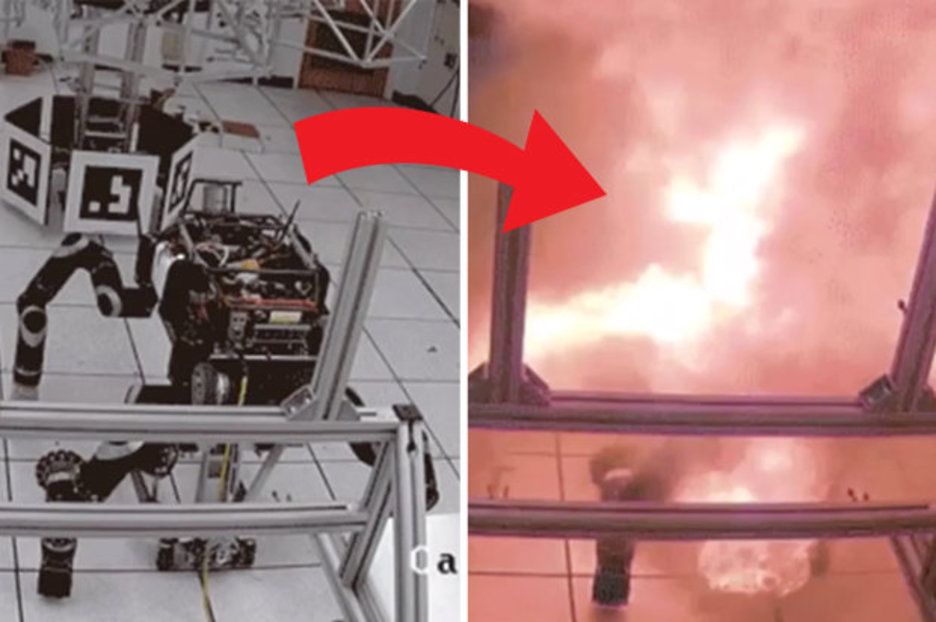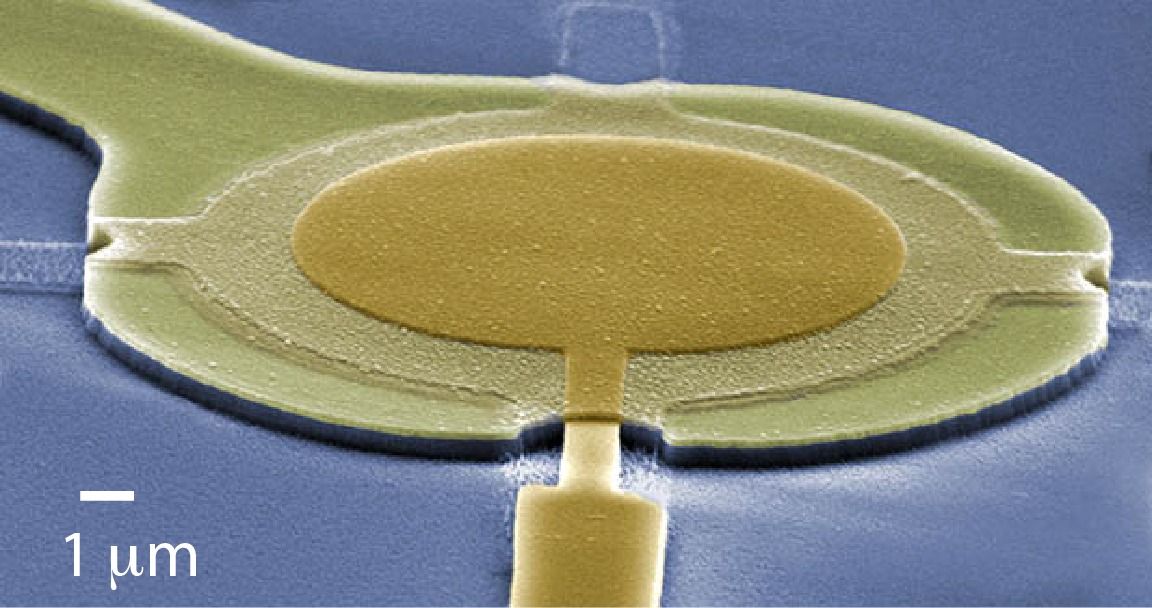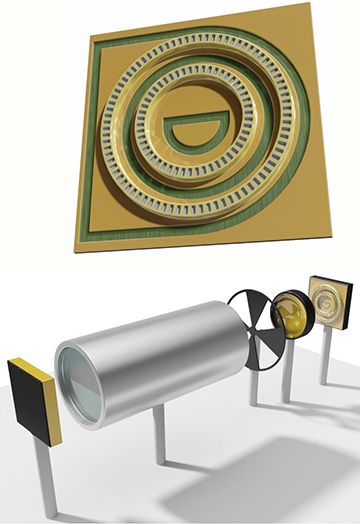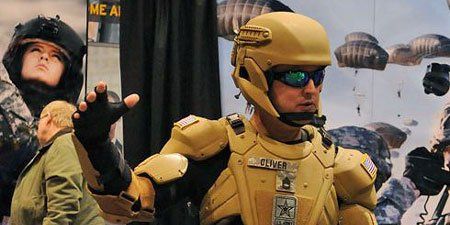Oct 31, 2016
Edmonton researchers’ tiny discovery may revolutionize computers
Posted by Karen Hurst in categories: computing, nanotechnology, particle physics, quantum physics
New method for creating smaller switches for QC identified and making smaller and more efficient QC systems possible.
Edmonton nanotechnology researchers working with atom-sized materials have made a breakthrough that could lead to smaller, ultraefficient computers.
The team, led by Robert Wolkow, together with collaborators at the Max Planck Institute in Hamburg, have developed a way to create atomic switches for electricity nearly 100 times smaller than the smallest switches, or transistors, on the market today. Their findings appeared in the Oct. 26 edition of the scientific publication Nature Communications.
Continue reading “Edmonton researchers’ tiny discovery may revolutionize computers” »

